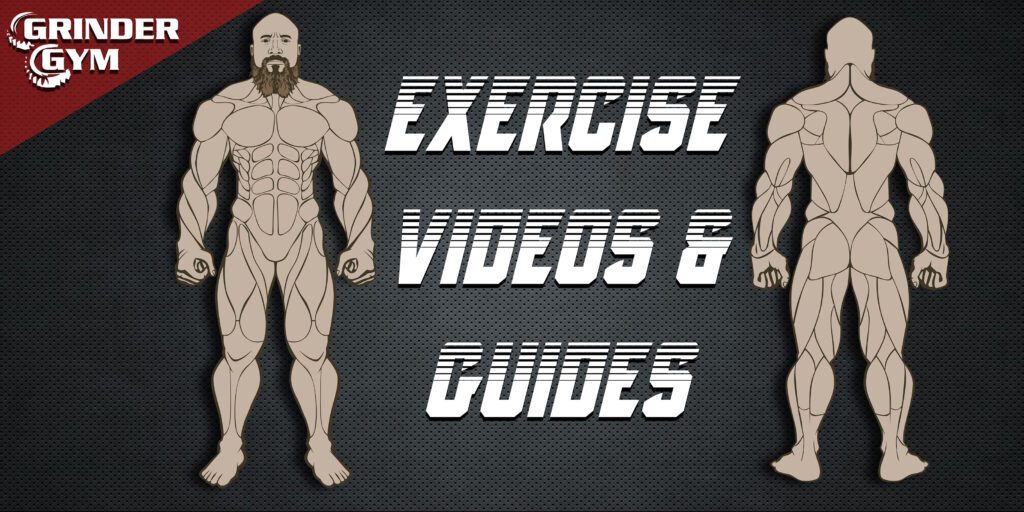
There is a universal truth that often gets overlooked: no two individuals are exactly alike. Each person possesses a unique combination of genetics, goals, strengths, weaknesses, and preferences. It is this very uniqueness that underscores the importance of individualization in training. Recognizing and harnessing these individual differences can be the key to unlocking one’s full potential and achieving the best possible results. In this article, we will explore the concept of individualization in training and how tailoring your program to your own specific needs can lead to remarkable success.
The Essence of Individualization
At its core, individualization signifies the recognition that every individual’s body is distinct. It takes into account factors that go beyond the surface—metabolism, genetics, lifestyle, and more. While general fitness principles provide a foundation, individualization tailors those principles to suit your specific needs and circumstances. These factors can include:
Genetics
Your genetic makeup plays a significant role in determining your body’s response to exercise. Factors such as muscle fiber type, metabolism, and bone structure all vary from person to person.
Goals
Your fitness objectives are highly individual. Whether you aim to build muscle, lose weight, improve endurance, or enhance flexibility, your training program should be aligned with your specific goals.
Strengths and Weaknesses
Everyone has areas of strength and weakness. Identifying these areas and tailoring your training to address them is crucial for balanced and effective progress.
Preferences
Enjoyment is a powerful motivator. Selecting activities and exercises you enjoy can help ensure long-term commitment to your training program.
The Benefits of Individualization Based on Fitness Level
One of the fundamental aspects of individualization is tailoring your training program to your current fitness level. A beginner’s needs greatly differ from those of a seasoned athlete. Starting with a plan that aligns with your baseline fitness not only prevents overwhelming your body but also ensures a gradual progression that optimizes results.
Optimized Progress
When you individualize your training, you can focus on improving areas that matter most to you. For example, if your goal is to increase upper body strength, you can prioritize exercises that target those muscle groups.
Reduced Risk of Injury
Identifying and addressing weaknesses or imbalances in your body can help prevent injuries that may occur if you follow a one-size-fits-all approach to training.
Enhanced Motivation
When your training program aligns with your goals and preferences, you are more likely to stay motivated and committed. This sustained enthusiasm can lead to better results over time.
Efficient Use of Time
Individualization allows you to concentrate your efforts on exercises and activities that provide the most benefit to you, saving time and energy.
How to Individualize Your Training
Goals as Guiding Stars
Your fitness goals act as the North Star in your individualized journey. Whether your aim is to build muscle, lose weight, enhance endurance, or improve overall health, every facet of your training should work cohesively towards these objectives. Individualization allows you to focus on exercises, rep ranges, and training methods that directly contribute to your desired outcomes.
Assess Now and Routinely
Evaluate your strengths, weaknesses, and any limitations you might have. Continue your progress by regularly assessing your results and making the necessary adjustments to your program. What works at one stage of your fitness journey may need modification as you advance.
Limitations: Listening to Your Body
Individualization places great emphasis on acknowledging and respecting your body’s limitations. If you have pre-existing injuries or health concerns, your training plan can be adapted to accommodate these. This ensures that you don’t exacerbate problems and create a supportive environment for your body’s healing and growth. Pay attention to how your body responds to different exercises and workouts. If something doesn’t feel right, don’t hesitate to make changes to prevent injury and ensure continued progress.
Maximizing Effectiveness, Minimizing Risk
The beauty of individualization is in its ability to maximize the effectiveness of your efforts. When you cater to your body’s specific needs, you unlock its true potential. Additionally, individualization serves as a safeguard against injuries. By creating a program that works in harmony with your body’s strengths and weaknesses, you significantly reduce the risk of overuse injuries and burnout.
Incorporating Preferences
A cookie-cutter approach rarely aligns with long-term success. Individualization recognizes that preferences play a significant role in maintaining consistency. Whether you enjoy strength training, cardio, yoga, or a combination, your training program should reflect what you genuinely enjoy. This increases the likelihood of adherence and keeps your fitness journey enjoyable.
Seeking Professional Guidance
While individualization is empowering, it’s also prudent to seek guidance from fitness professionals from time to time. A knowledgeable trainer or coach can conduct assessments, analyze your goals, and design a program that optimally aligns with your individuality. Their expertise ensures that your individualized plan is well-structured, balanced, and aligned with your aspirations.
Conclusion: Celebrating Your Uniqueness
In a world brimming with fitness trends and one-size-fits-all solutions, individualization stands as a testament to your unique journey. By crafting a training program that’s tailored to your fitness level, goals, limitations, and preferences, you honor your body’s individuality. This approach unlocks a world of potential and guides you towards sustainable success. Embrace the power of individualization, and embark on a fitness journey that is truly yours—a journey that is fueled by authenticity, guided by expertise, and marked by transformative progress.

